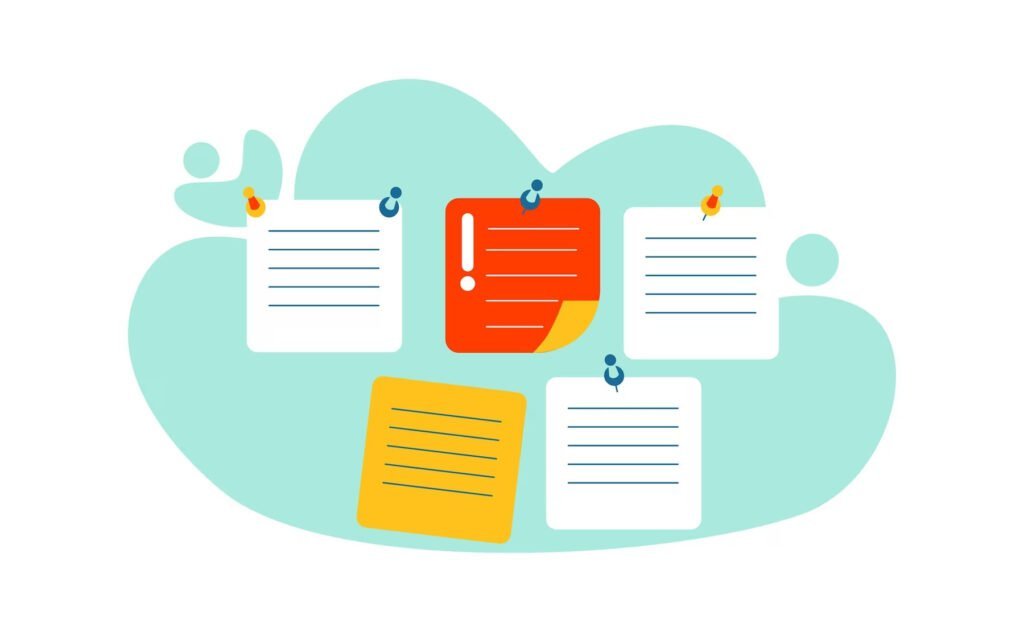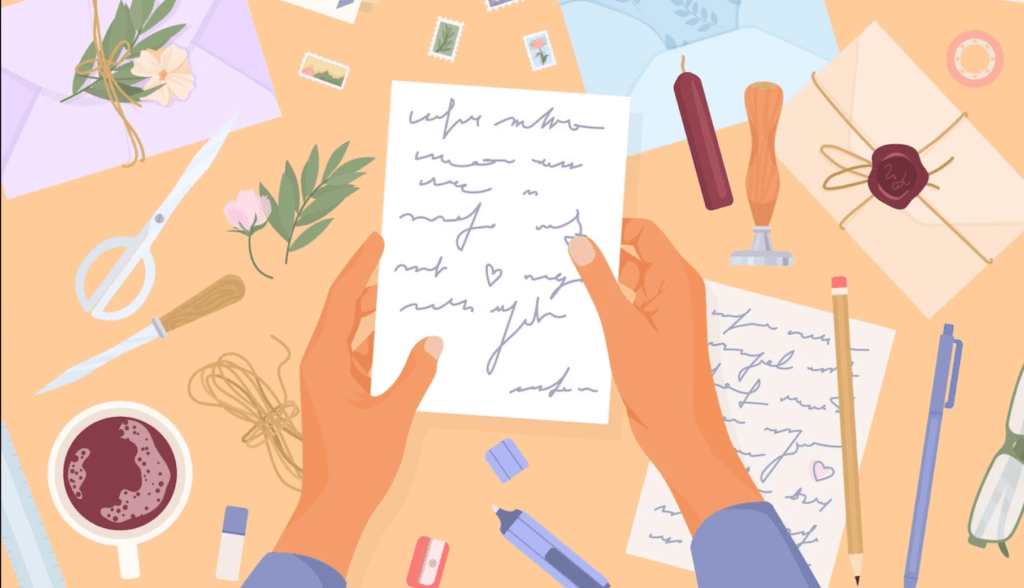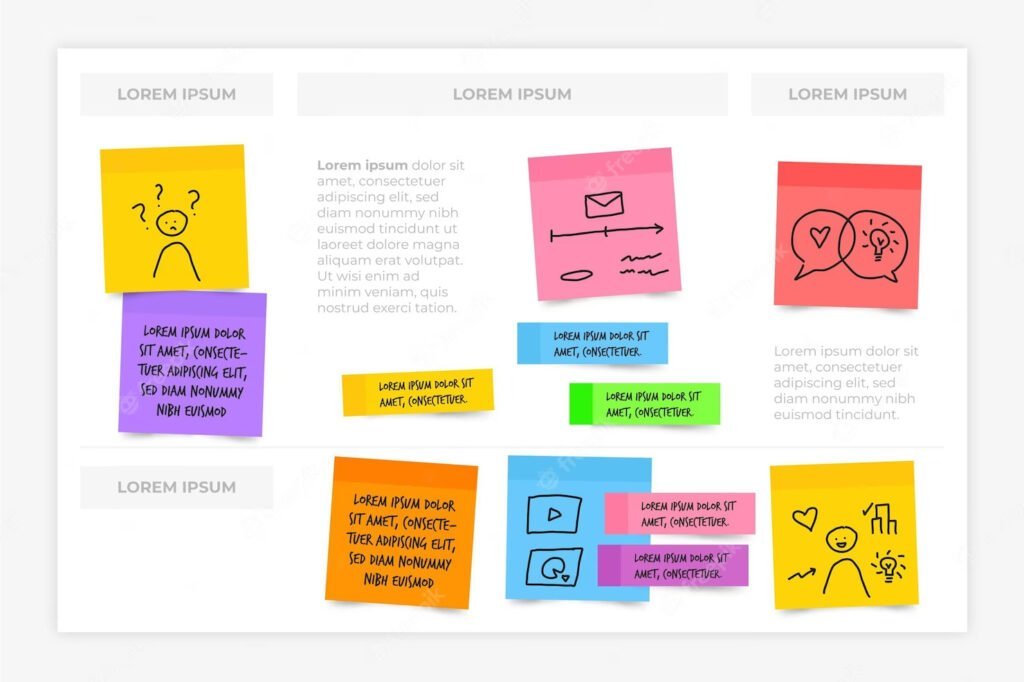Flashcards have been around for centuries as one of the most effective learning tools. This is because it’s easy to quickly test yourself on lots of different concepts, in any order you choose!
You can also easily bring them anywhere and use them continuously or sporadically as needed. How truly effective is that?
The disadvantage of flashcards is that it’s easy to make them ineffective or even counter-productive to your study process. Fortunately, it doesn’t take too much effort to make quality flashcards that allow you to recall facts quickly.
This article guides you through the steps you need to follow to learn how to make flashcards that will help you think critically and master your curriculum with ease.
So, let us dig right in!
Table of Contents
- How to Make Flashcards Your Best Study Buddy
- Make The Flashcards Your Own
- Do Not Crowd Your Flashcards
- Break The Information Down
- Practice Your Answers Out Loud
- What About Constructing Your Flashcards As Questions?
- Be Specific With What You Put On Your Flashcards
- Don’t Make Your Flashcards Messy
- Don’t Mix Subjects In Your Flashcards
- Final Words
How to Make Flashcards Your Best Study Buddy

As students, we’re constantly faced with the challenge of trying to memorize and retain large amounts of information. From vocabulary words to historical dates, there’s always something new to learn and remember. But with the right tools and techniques, studying can be a lot more effective and even enjoyable.
One such tool is the humble flashcard. These simple cards can be a powerful ally in your quest for knowledge, helping you to absorb and remember important information quickly and easily. But not all flashcards are created equal – there are certain strategies you can use to create effective flashcards that work best for you.
So here they are;
Make The Flashcards Your Own
Making the flashcards your own ensures they’re more effective than just copying material straight from a textbook. For example, add abbreviations, diagrams, and mnemonics.
These all act as memory cues and help you learn facts or rules faster. Plus, you’ll be able to digest the material more quickly as you look through your flashcards when studying for tests or exams.
Also consider adding photos, illustrations, or funny stories alongside the text. This will make it more interesting which helps with learning and retention.
The more visual elements that you can incorporate into your cards, the more enjoyable and easier they are to remember – plus they’re often lots of fun to make!
If you are a visual person, stack up on some colors and assign each of them to something specific that way when you look at the flashcards you can tell which is which!
Do Not Crowd Your Flashcards
When creating flashcards, it’s important not to crowd them with too much information. If you put too many details on one flashcard, it could be overwhelming and make it difficult for you to remember what you’ve written!
Keep your flashcards to one main point per card and try to keep them succinct – the fewer words you fit on a card, the easier they’ll be to remember.
Putting too much info on a single card also takes away the focus of the fact or concept that you are trying to remember. Your goal should be to break down complex topics into digestible pieces of knowledge.
Keep your cards simple and organize your content so that each flashcard has a single point or purpose. For example, if you’re studying a language, try breaking a phrase down over several cards with each one featuring a different word from the phrase. Doing this will help keep your cards concise and useful!
Break The Information Down
When it comes to making effective flashcards, breaking the information down is key. This means taking a large amount of content and sectioning it into smaller pieces that are easier to learn and digest.
Breaking down materials into manageable units also makes studying more efficient. By creating separate cards for individual pieces of information, you can quickly review and find detailed answers without getting overwhelmed or confused.
You should also prioritize which pieces of information are essential for understanding the core concepts—putting those key points on their own cards or grouping them together if necessary. Once you understand what needs to go on each card, it’s easy to fill in the details quickly prior to studying with them.
As an added benefit, breaking down large topics like this makes revising for exams easier as well!
Practice Your Answers Out Loud

If you want to make effective flashcards, practice your answers out loud. A common misconception is that only written answers need to be memorized and this leaves out the spoken component.
Saying answers out loud allows for deeper processing of the answer and for you to think about the correct response more quickly. It also allows you to test yourself in real-time, as in practice questions where strict time limits are imposed.
It’s also a good way to help increase memory recall by speaking information rather than just seeing it on paper. Verbalizing leads your brain to utilize additional methods such as visualization, repetition, and powerful emotions which can aid with retaining information longer.
Not only that but speaking the answer out loud forces you to find synonyms for keywords in order to properly articulate the meaning of a question or concept. This works wonders for developing fluency in foreign languages as well!
Also Read; How To Study Smart And Get Good Grades
What About Constructing Your Flashcards As Questions?
If your goal is to make the most effective flashcards possible, then you should consider constructing them as questions. This will require you to break down your material into small, testable chunks and present it in a way that encourages further thought.
By asking a question on each card rather than just giving information, you can better engage with the material and think more deeply about it. This is especially beneficial if you are using flashcards for test preparation or studying for an exam.
Constructing your flashcards as questions is a great way to get creative and make them more interactive so that they are more helpful in understanding and remembering the material!
Doing this allows you to also get your brain going which means it has more chances of remembering the answer once you think of it!
Be Specific With What You Put On Your Flashcards
The single most important principle for using flashcards is to include specific details or key ideas, on the cards. Even if you only plan to review the material, writing it down will force you to remember it better! Broader ideas will only confuse you!
Be specific and concise. For example, ask yourself what are the very few key points that you need to know in order to understand a topic – that would be good content for your flashcards!
When creating flashcards, use keywords, terms, and phrases that trigger your memory when you look at them. Draw diagrams or mini-maps with labels instead of cramming all the information onto one card. This will make studying easier as each card contains fewer topics making it easier to remember each one separately.
Don’t Make Your Flashcards Messy

When you’re making flashcards, neatness is key. In order for your flashcards to be effective, it’s important to keep them well organized! Think of it like easy access for your brain to retain information!
Having clean and neatly written cards on both sides can make a huge difference in your studying skills. When things are tidy and easy to read, you’ll save valuable time searching for the answer you need without wasting time deciphering poor handwriting or trying to figure out what a word means.
If you don’t have good handwriting and it’s affecting your ability to study, type your answers into the computer instead of writing them down. This way, you won’t have to worry about not being able to decipher what your own writing says!
You can get creative with how you keep them, you can either color code, or perhaps number them too!
Don’t Mix Subjects In Your Flashcards
It’s a bad idea to mix subjects when you make flashcards because it makes them too confusing. For example, if you make a flashcard that has information from math and history, your brain will get confused and won’t be able to process the information properly.
Your brain likes to categorize and compartmentalize things in order to store information effectively. Therefore, make sure that each flashcard only contains facts relevant to one single subject.
This way, your brain will be able to quickly recognize the association between the information on the card and its topic in your memory. You’ll also be able to remember more of what you learn this way!
When studying multiple topics that are related, like science and chemistry, you can also separate those into two different sets of flashcards instead of trying to cram all the facts onto one card.
Also Read; 11 Habits Of Successful Students
Final Words
Flashcards, or a flashcard Deck, is a great way to quickly and easily learn any kind of material, whether it be in school or in preparation for an examination! Trust us on this one!
This is because they allow you to focus on the key points and come back to the material without wasting time. Flashcards can be effective if used correctly, but they require careful planning and dedication on your part if you want them to be successful.
Ok, that’s it for today, we covered most of it and we hope you learned how to make flashcards that work. If you like the content you know what to do 🙂
Also if you like to read more student-related content, Tips for Students is with you, simply head over to our student blog and read different articles.
See you in the next informative article. Good luck!




